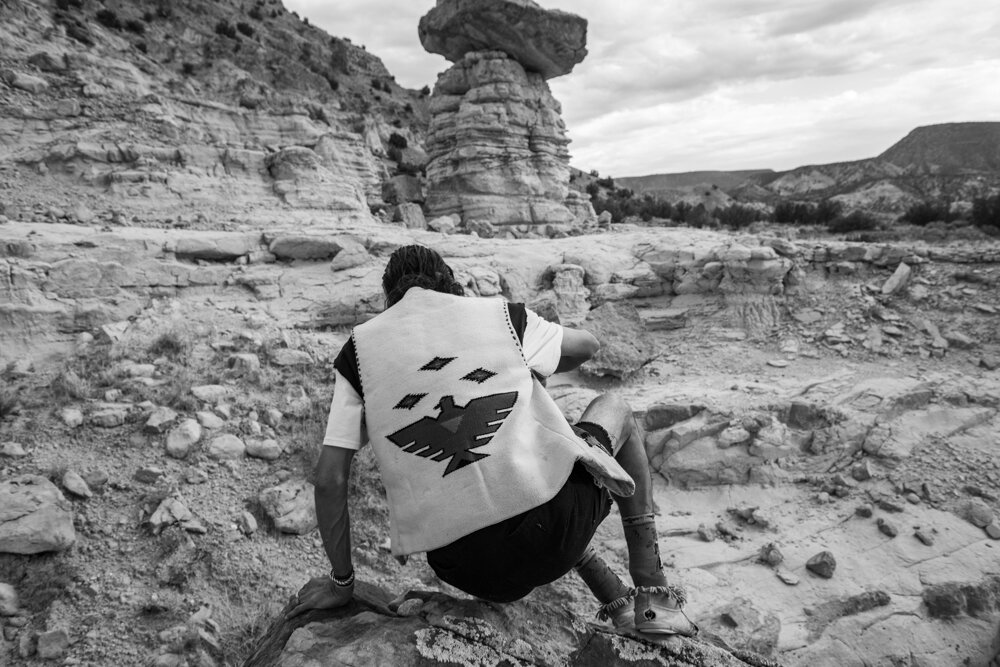
La Cautiva is a long-term, ongoing photo project that illuminates centuries of Spanish colonial Indigenous enslavement and captivity in the American Southwest. Through portraiture, landscape photography, and documentation of cultural performance, La Cautiva brings forward this haunting, buried narrative by giving a voice to and observing the history and identity of the living descendants and communities of enslaved Native Americans.
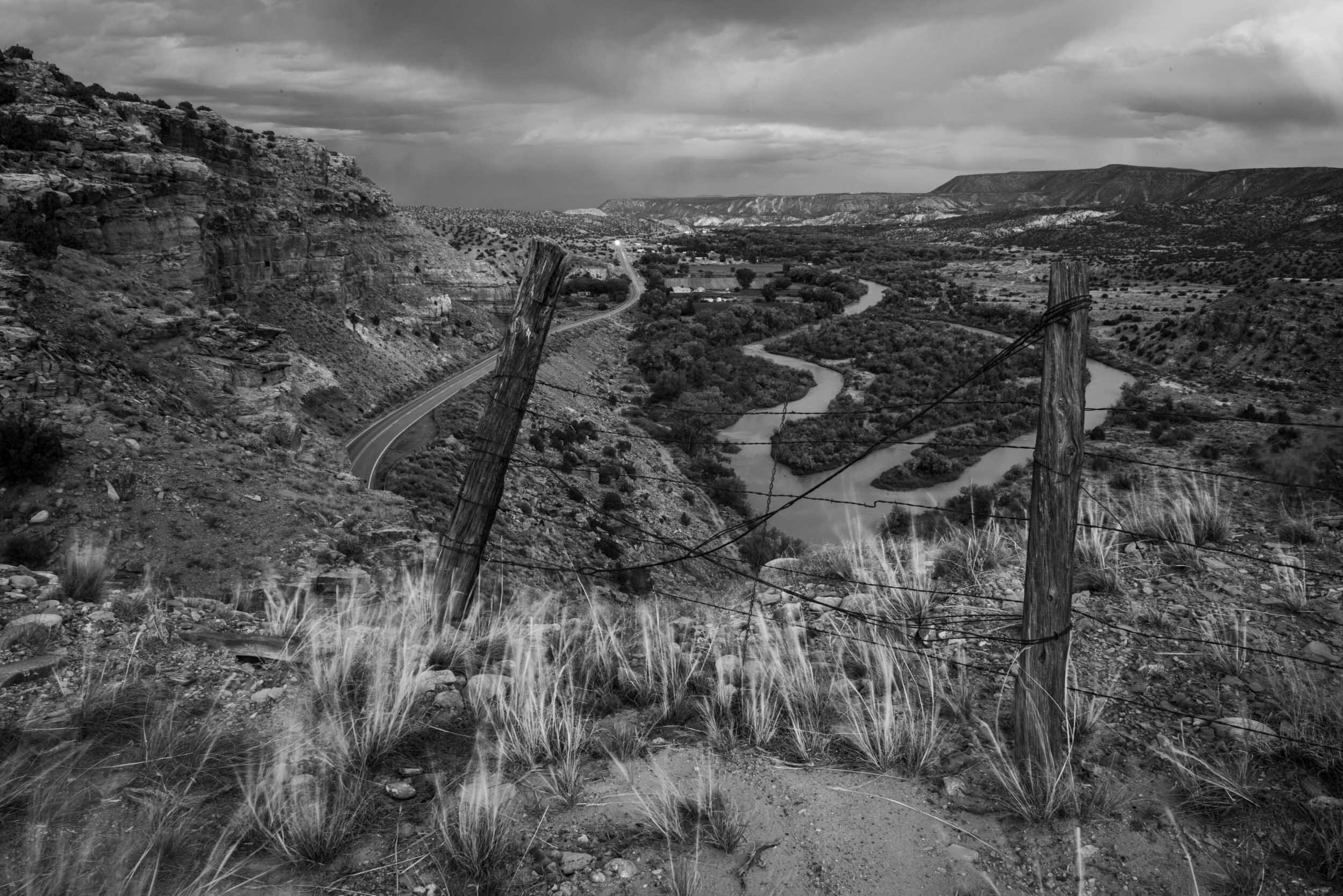
The brutal and perpetual Indian wars that followed the cataclysmic year of 1492 provided cover for centuries of slave raids against Indigenous people. By the 1600s, the Spanish colonizers in the Southwest Borderlands would begin enslaving generations of war captives – mostly Hopi, Comanche, Pueblo, Apache, Ute, Pawnee, and Navajo.

Abiquiú’s Santo Tomás feast day ceremony culminates on Sunday with El Cautivo (The Captive) Dance, which has been performed at the pueblo for more than 150 years. Dancers dress as their ancestors, with face paint, feather hair ornaments, and ankle bells. They also wear dollar bills pinned to their ceremonial clothing, signifying their “ransom”—being purchased by the Spanish from other tribes—and the beginning of their enforced servitude. Spanish law allowed them to be free after 10 to 15 years.
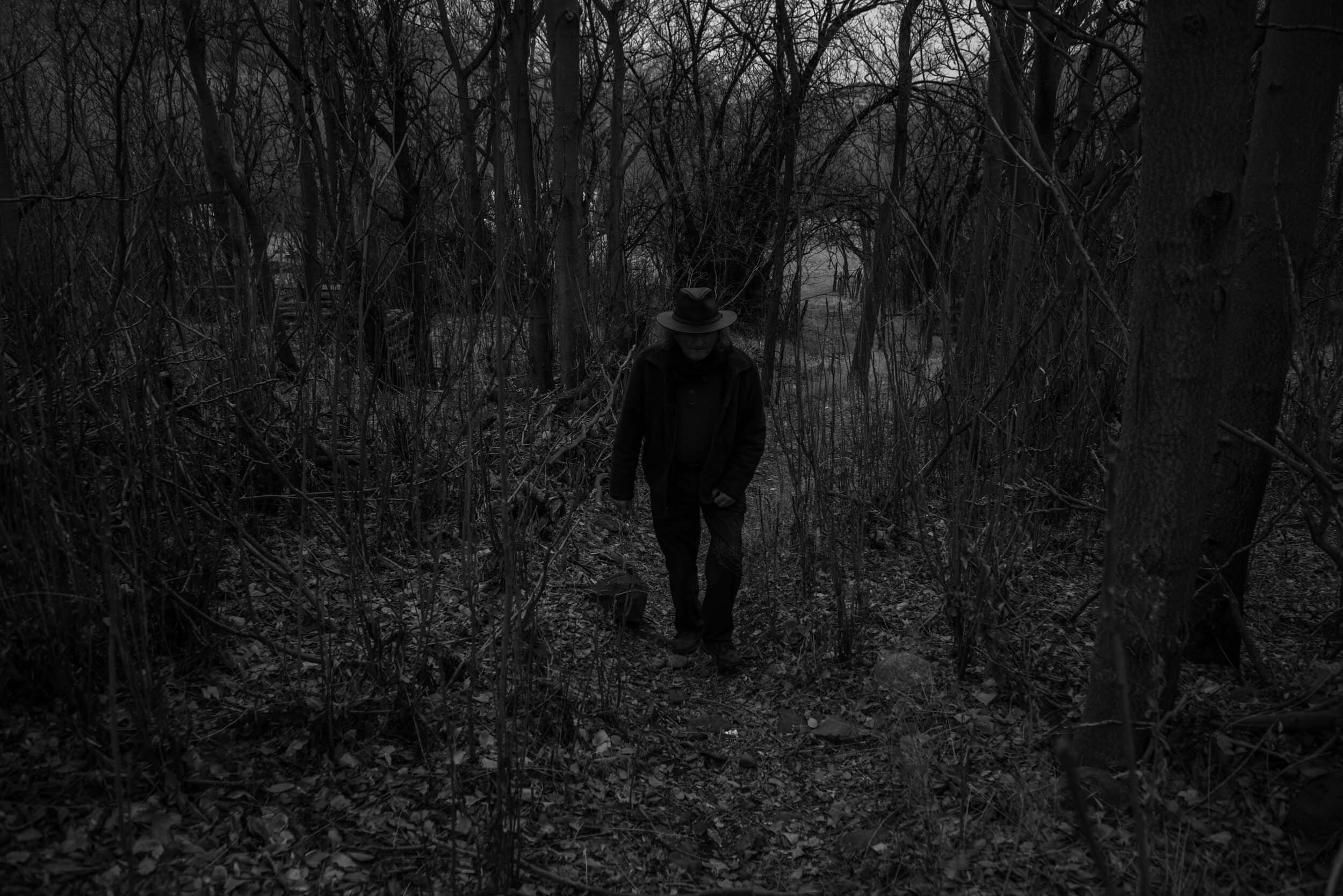
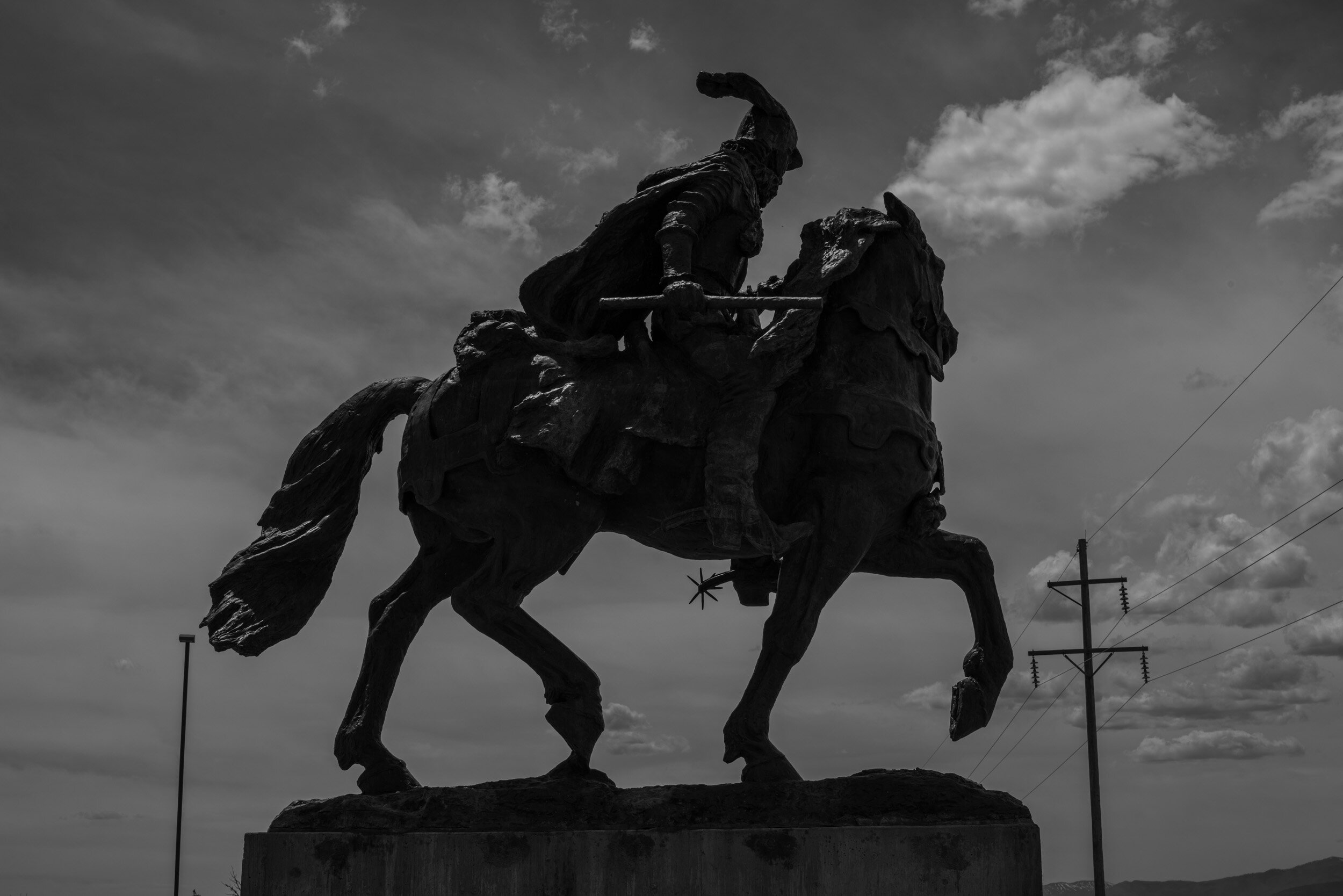
Ransomed by the ruling caste, they Indigenous war captives became enslaved domestic laborers, miners, field workers and odalisques. By the 1700s one third of the population of Nuevo México were free but landless Genízaro – a unique Native American and Hispanic ethnicity born from enslavement. Eventually, their existence prompted the Spanish Crown to create land grant settlements for these marginalized communities. Placed strategically along high-mountain corridors, these communities served as a militarized buffer zone against raiding tribes and to protect the colonial villas and Pueblo communities along the Rio Grande. Some of these land grant communities remain.

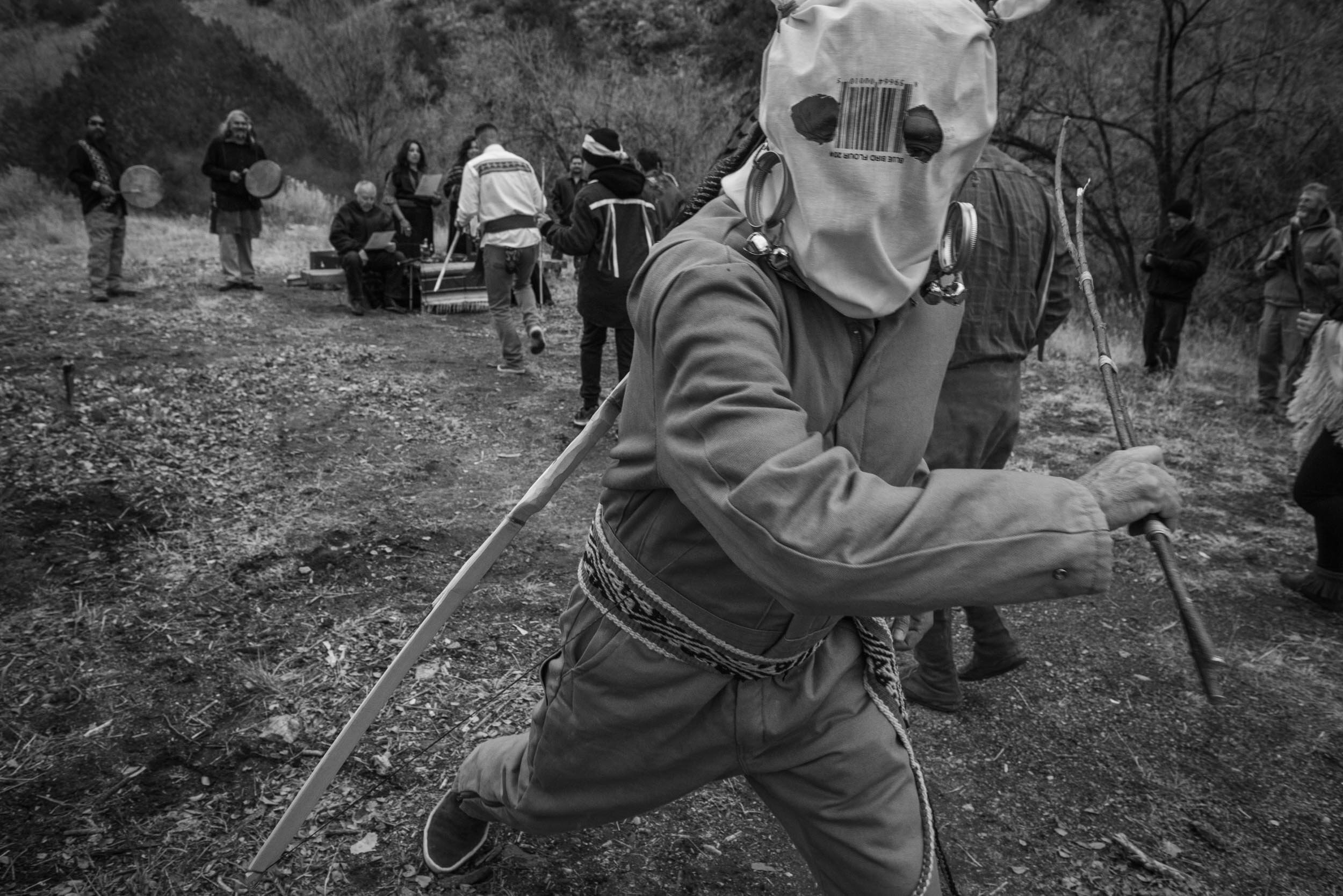
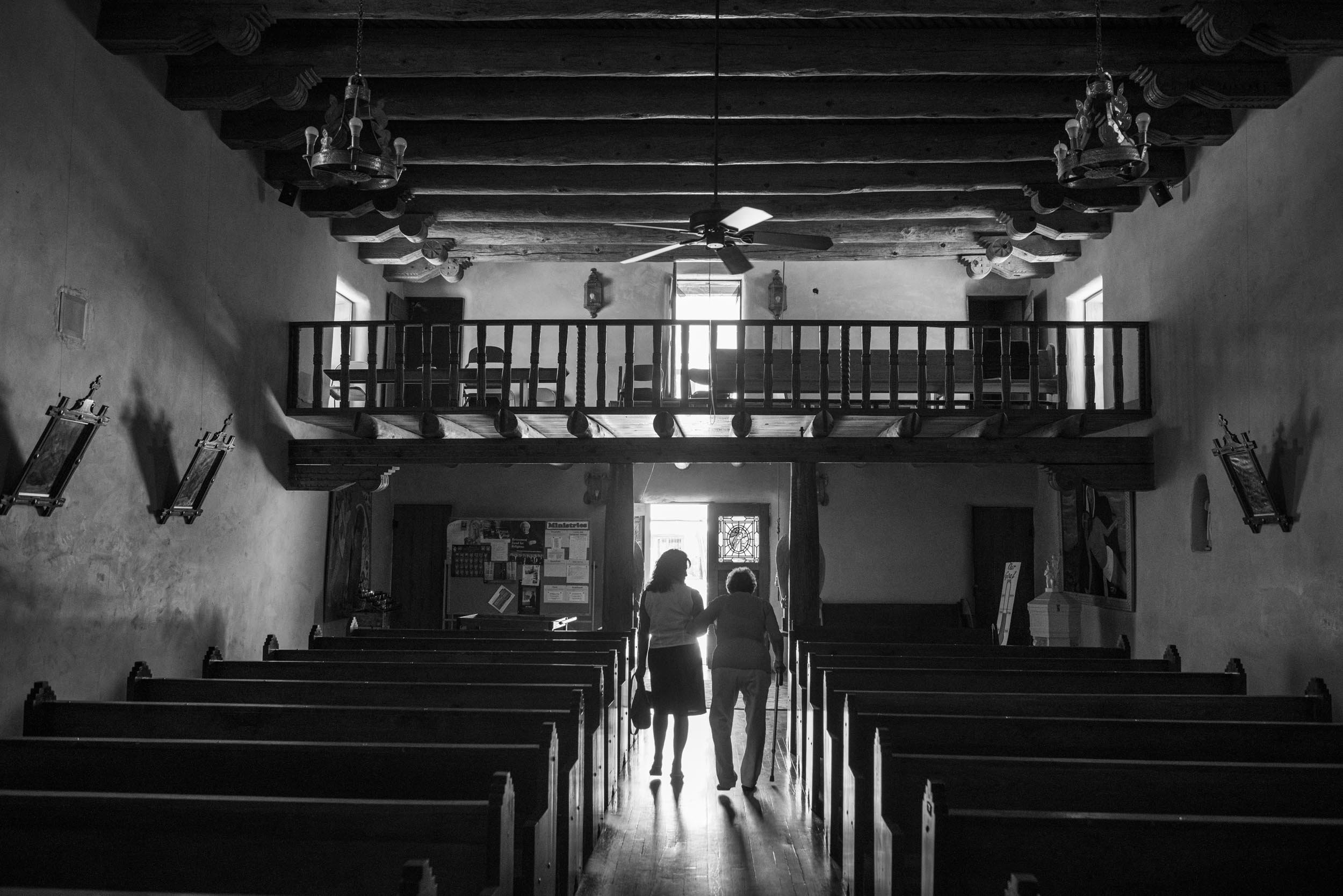
In 2024, the Tacoma Art Museum will host work from La Cautiva in an exhibition entitled The Abiquenos and The Artist. 12 images from the project will work in conversation with original Georgia O’Keeffe paintings to demonstrate the art historical legacy of northern New Mexico. The show, curated by Patricia Marroquin Norby (Purépecha), the first Indigenous curator at the Metropolitan Museum of Art in New York.
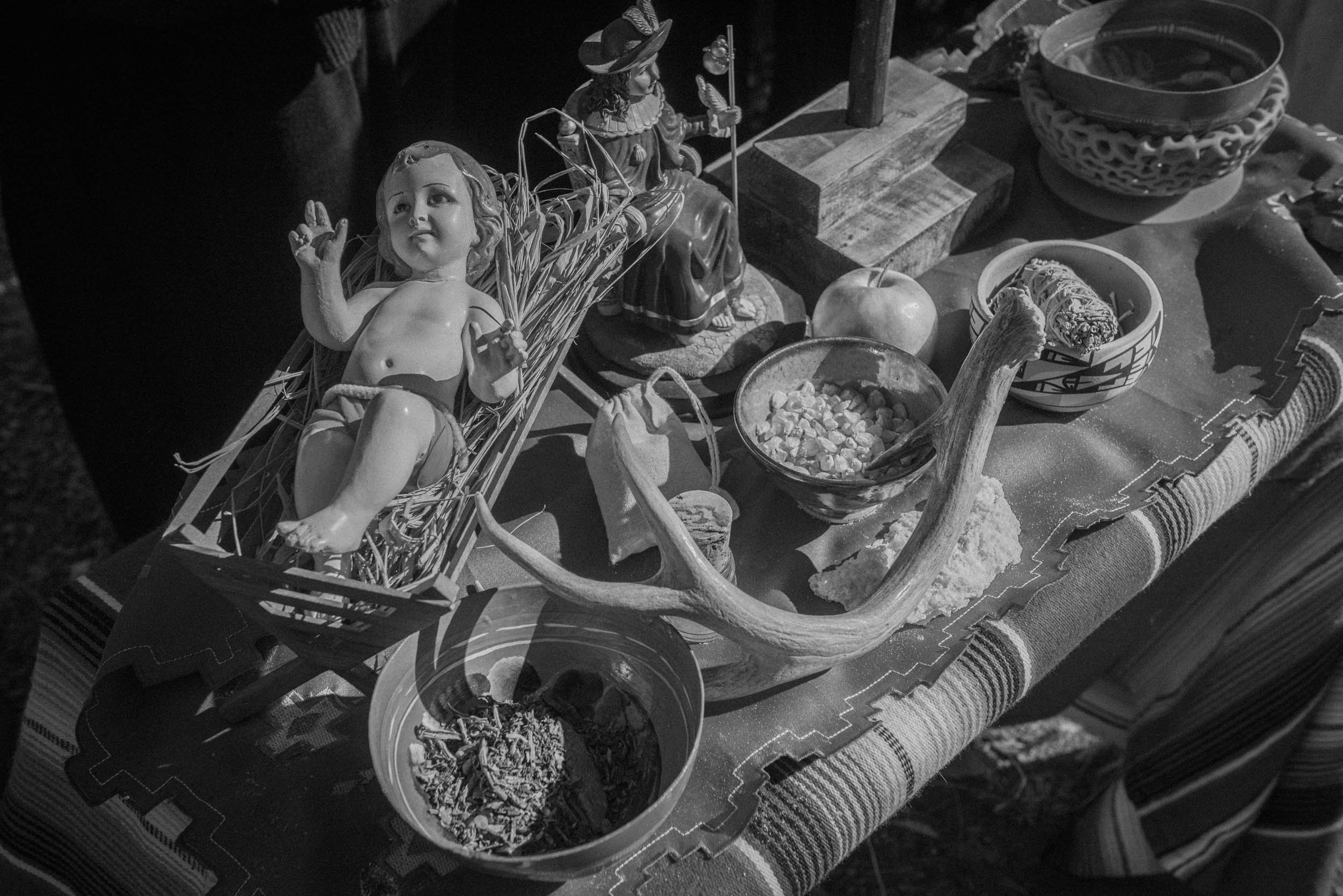
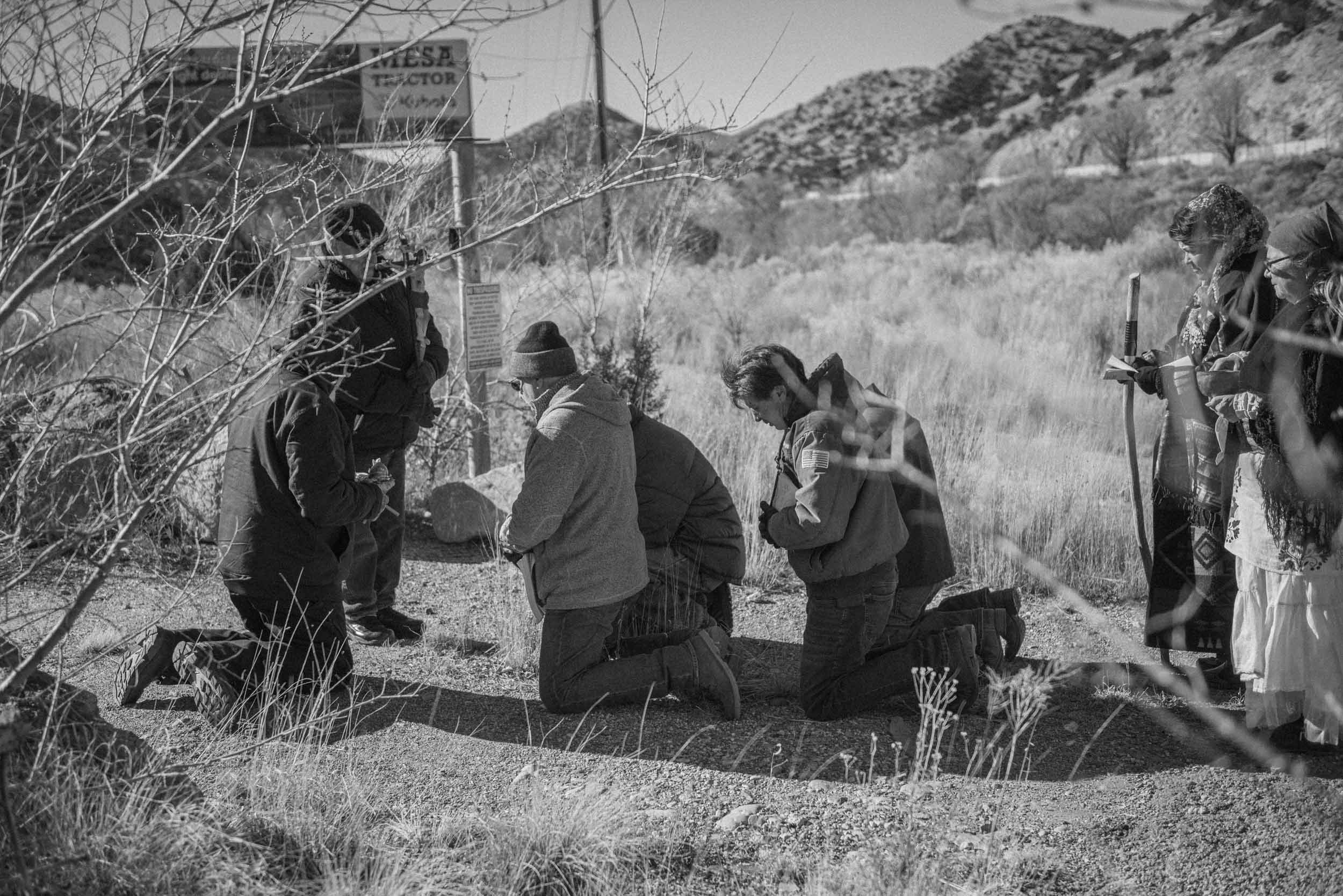
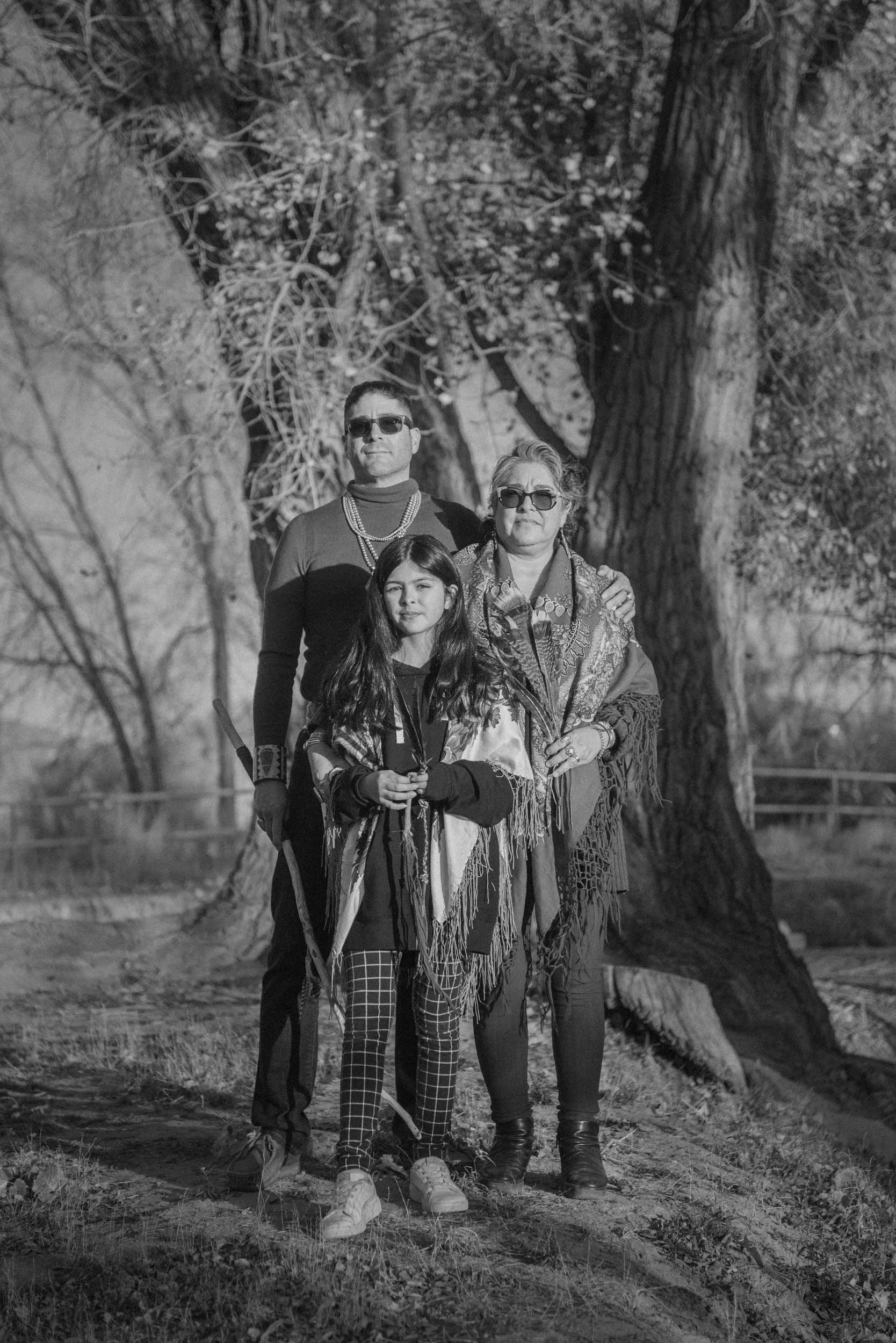



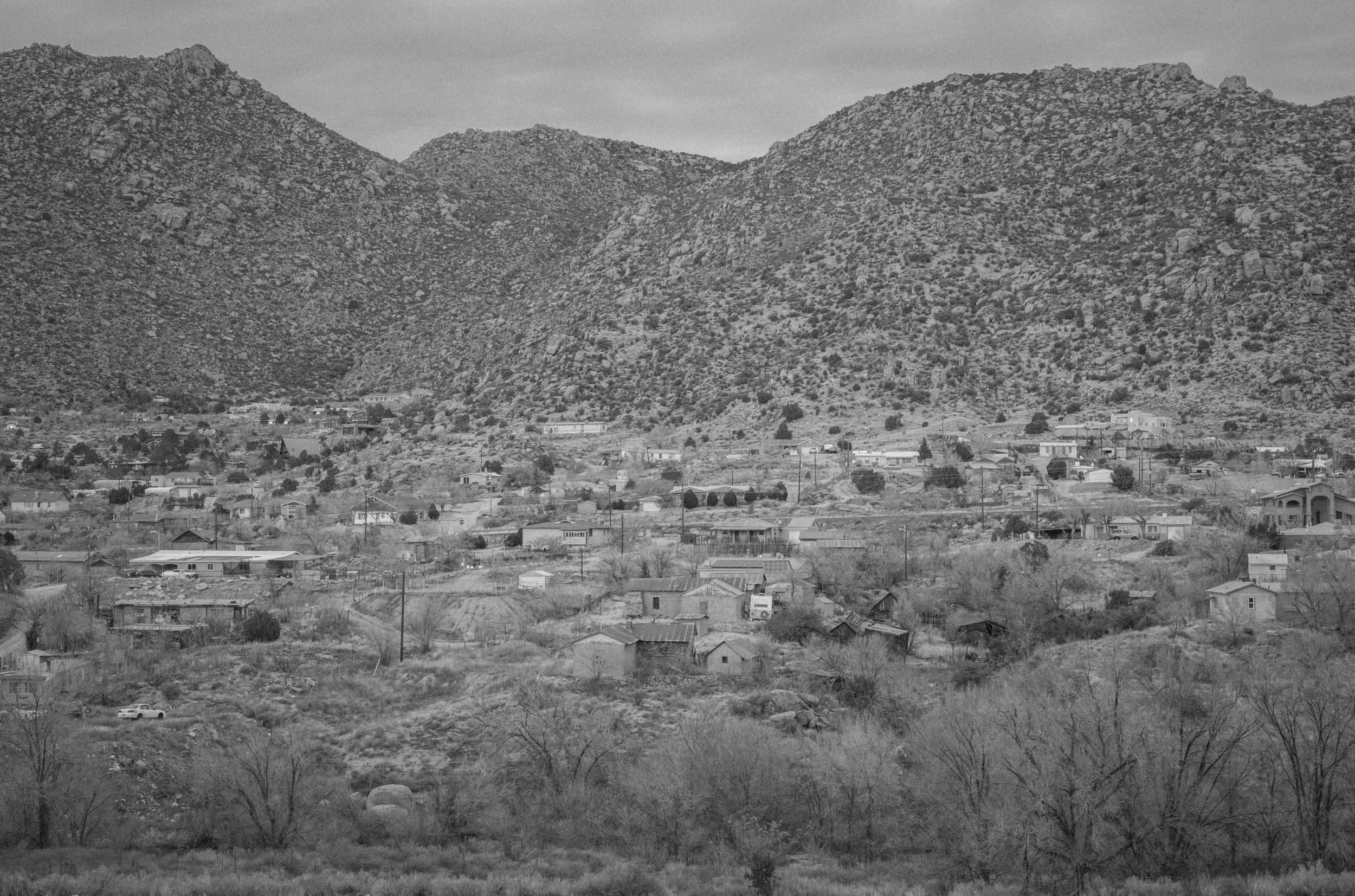
Carnue, NM















La Cautiva is a long-term, ongoing photo project that illuminates centuries of Spanish colonial Indigenous enslavement and captivity in the American Southwest. Through portraiture, landscape photography, and documentation of cultural performance, La Cautiva brings forward this haunting, buried narrative by giving a voice to and observing the history and identity of the living descendants and communities of enslaved Native Americans.
The brutal and perpetual Indian wars that followed the cataclysmic year of 1492 provided cover for centuries of slave raids against Indigenous people. By the 1600s, the Spanish colonizers in the Southwest Borderlands would begin enslaving generations of war captives – mostly Hopi, Comanche, Pueblo, Apache, Ute, Pawnee, and Navajo.
Abiquiú’s Santo Tomás feast day ceremony culminates on Sunday with El Cautivo (The Captive) Dance, which has been performed at the pueblo for more than 150 years. Dancers dress as their ancestors, with face paint, feather hair ornaments, and ankle bells. They also wear dollar bills pinned to their ceremonial clothing, signifying their “ransom”—being purchased by the Spanish from other tribes—and the beginning of their enforced servitude. Spanish law allowed them to be free after 10 to 15 years.
Ransomed by the ruling caste, they Indigenous war captives became enslaved domestic laborers, miners, field workers and odalisques. By the 1700s one third of the population of Nuevo México were free but landless Genízaro – a unique Native American and Hispanic ethnicity born from enslavement. Eventually, their existence prompted the Spanish Crown to create land grant settlements for these marginalized communities. Placed strategically along high-mountain corridors, these communities served as a militarized buffer zone against raiding tribes and to protect the colonial villas and Pueblo communities along the Rio Grande. Some of these land grant communities remain.
In 2024, the Tacoma Art Museum will host work from La Cautiva in an exhibition entitled The Abiquenos and The Artist. 12 images from the project will work in conversation with original Georgia O’Keeffe paintings to demonstrate the art historical legacy of northern New Mexico. The show, curated by Patricia Marroquin Norby (Purépecha), the first Indigenous curator at the Metropolitan Museum of Art in New York.
Carnue, NM